Wake up calm, aligned, and ready to move — not searching for a heating pad.
You stretch, roll your neck, maybe take a deep breath before starting your day — yet that familiar tightness between your shoulders never seems to leave.
If you’ve blamed stress or long hours at the computer, you’re partly right. But what most people overlook is that your pillow may be quietly undoing hours of recovery every night.
For eight hours, your head and neck depend on that small cushion to keep the spine aligned. If it’s too high, too soft, or the wrong shape for your sleep position, your muscles stay tense and inflamed — even while you sleep.
Why Neck Pain Starts in Your Sleep
The human neck, or cervical spine, has a natural S-curve that supports the weight of your head and keeps your airway open. When that curve flattens — from poor posture or a bad pillow — pressure builds on the joints and nerves that control the shoulders, arms, and head.
According to physical therapists, one of the most common causes of morning neck stiffness is sleeping out of alignment — especially for side and back sleepers who use flat or over-stuffed pillows.
- You wake up with a sore neck or shoulders
- You often adjust or fold your pillow to “find the right height”
- Your hand or arm goes numb during the night
- Snoring worsens when you lie on your back
The Science of Pillow Alignment
During sleep, your neck should maintain the same posture it has when you stand upright with good posture. If your pillow pushes your head forward or lets it sink too far, your neck muscles stay engaged instead of relaxing.
That tension can lead to headaches, shoulder tightness, tingling or numbness in the arms, and disrupted REM cycles.
Ergonomic or contour-shaped pillows are designed to support the natural curvature of the neck. Unlike traditional flat pillows, they cradle the head while gently lifting the neck — reducing strain and restoring spinal alignment.
What to Look for in a Pillow for Neck Pain
Choosing a pillow shouldn’t be guesswork. Here are the most important features to consider if you’re serious about improving sleep posture:
- Proper Height (Loft): For side sleepers, a slightly higher loft keeps your head aligned with your spine. Back sleepers need a mid-level height that fills the space between the neck and mattress without tilting the chin.
- Contoured Design: A pillow with a neck cradle supports your cervical curve and relieves pressure from the base of your skull.
- Memory Foam Density: Medium-density memory foam molds to your neck without collapsing — ideal for maintaining alignment all night.
- Breathability: Choose breathable materials like perforated foam and soft knit covers to stay cool and relaxed.
How ContourEase™ Restores Natural Alignment
Among the many options for cervical support, the ContourEase™ Orthopedic Memory Foam Pillow stands out for combining clinical ergonomics with everyday comfort.
It’s designed specifically for people who experience neck pain, stiffness, or numbness after sleeping — especially side and back sleepers.
- Engineered Contour Shape: A central cradle supports your head while raised side wings align your neck and shoulders.
- Pressure-Relieving Foam: Medium-density memory foam distributes weight evenly, reducing pressure on the joints.
- Airflow Channels: Prevent heat buildup to help muscles stay relaxed throughout the night.
- Stable Support: The structure stays consistent, night after night, unlike pillows that flatten or clump.
Users often notice results within the first week — less stiffness, fewer wake-ups, and more energy in the morning.
Sleep Posture: Simple Habits That Make a Difference
A pillow can do a lot, but your sleeping habits matter just as much. Combine your new pillow with these science-backed tips for long-term relief:
- Avoid stacking pillows. It overextends the neck and compresses the airway.
- Keep screens away before bed. Forward head posture from phones adds strain before sleep.
- Stretch your neck daily. Gentle chin tucks and scapular retractions help maintain alignment.
- Replace pillows every 12–18 months. Foam and fill materials lose structure over time.
What People Are Saying
“I used to wake up with my arm numb every morning. Now I can finally sleep through the night.”
“The first thing I noticed was my neck didn’t ‘pop’ when I turned my head in the morning.”
“I stopped waking up to readjust my pillow. It just stays perfectly in place.”
The Bottom Line
If you’ve tried stretching, massages, or new mattresses without lasting relief, your pillow could be the missing link. An ergonomic design that supports your natural alignment can help your body truly rest — so you wake up refreshed, not tense.
The ContourEase™ Orthopedic Memory Foam Pillow offers that balance of comfort and correction, using intelligent contouring to support your neck where it matters most.
Your best nights of sleep might not require a new routine — just a smarter pillow.
Ready for better mornings?
Join 1,000+ sleepers who made the switch to ContourEase™.
Shop ContourEase™SEO: Best Pillow for Neck Pain | ContourEase™ Orthopedic Memory Foam Pillow

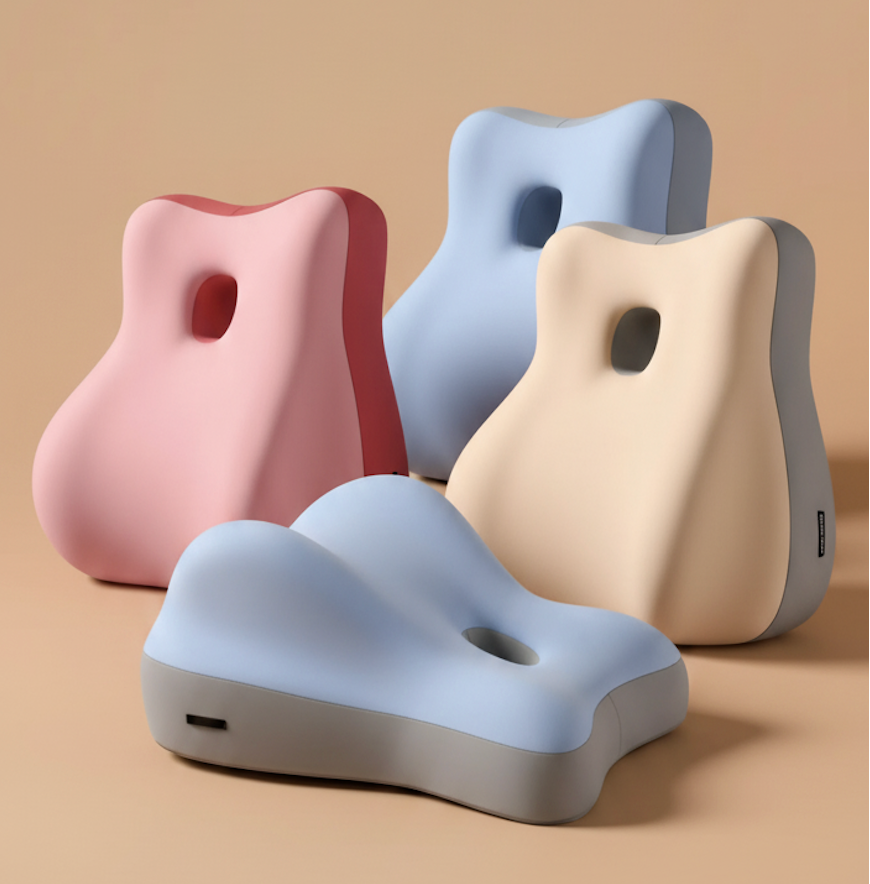
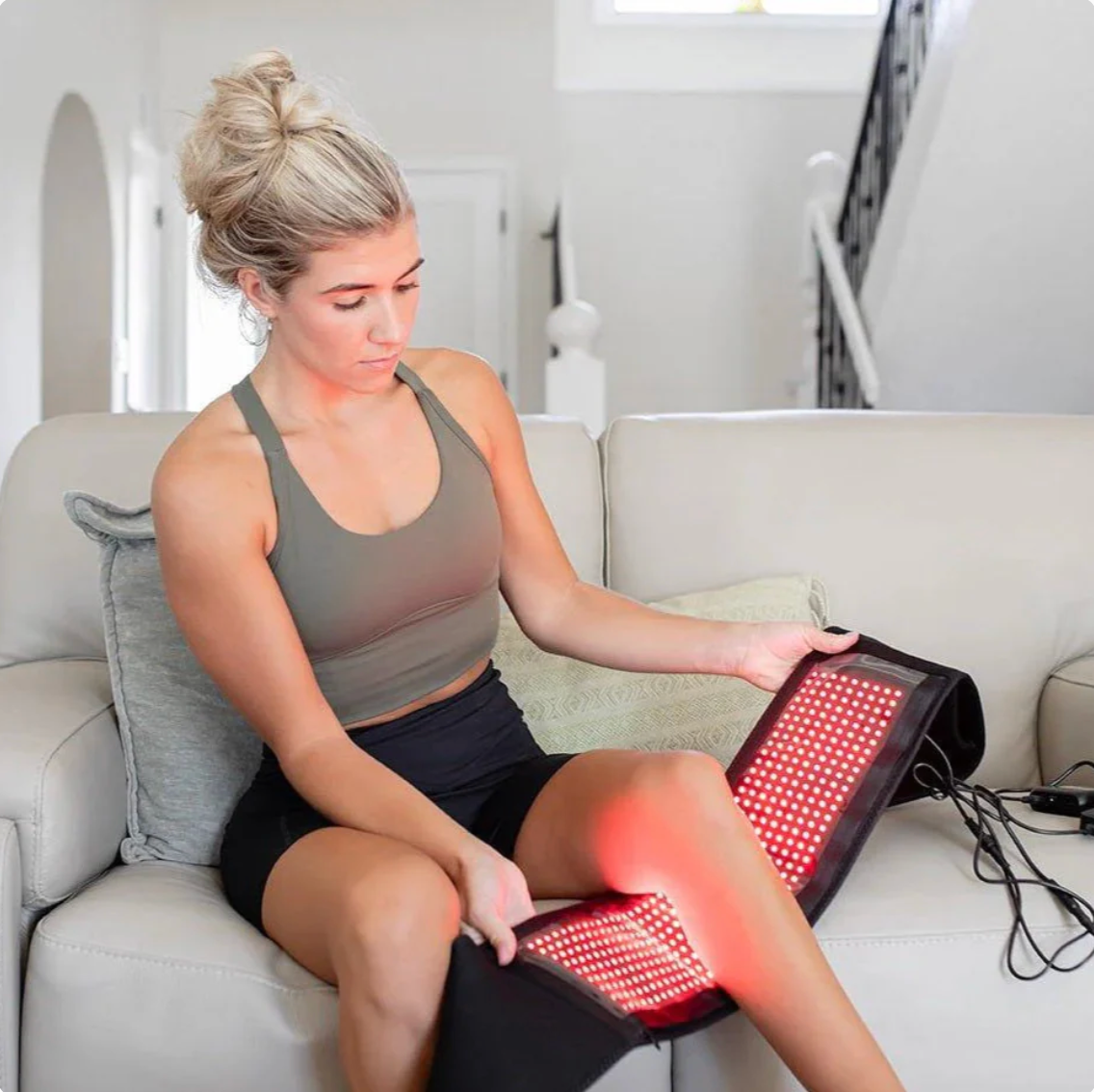

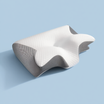





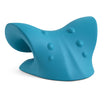



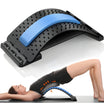
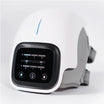






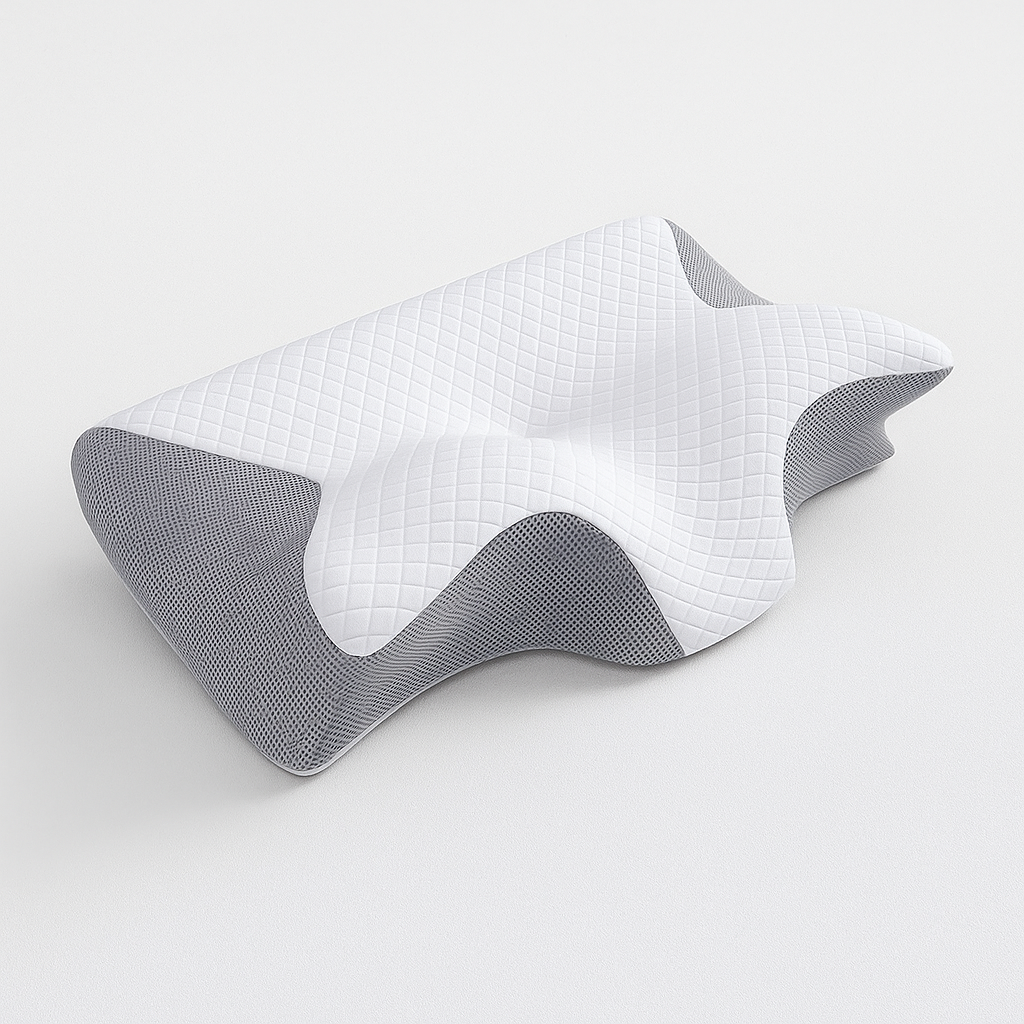



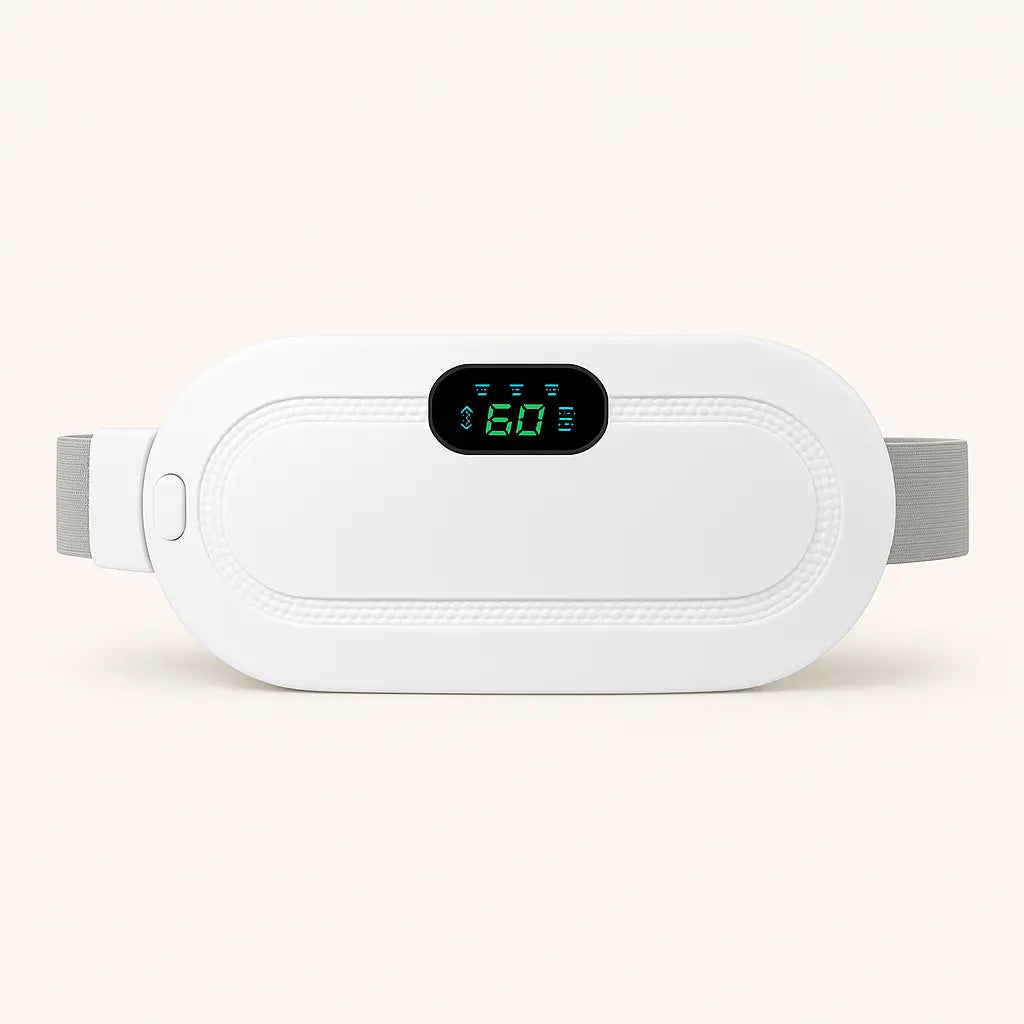
댓글 남기기
이 사이트는 hCaptcha에 의해 보호되며, hCaptcha의 개인 정보 보호 정책 과 서비스 약관 이 적용됩니다.